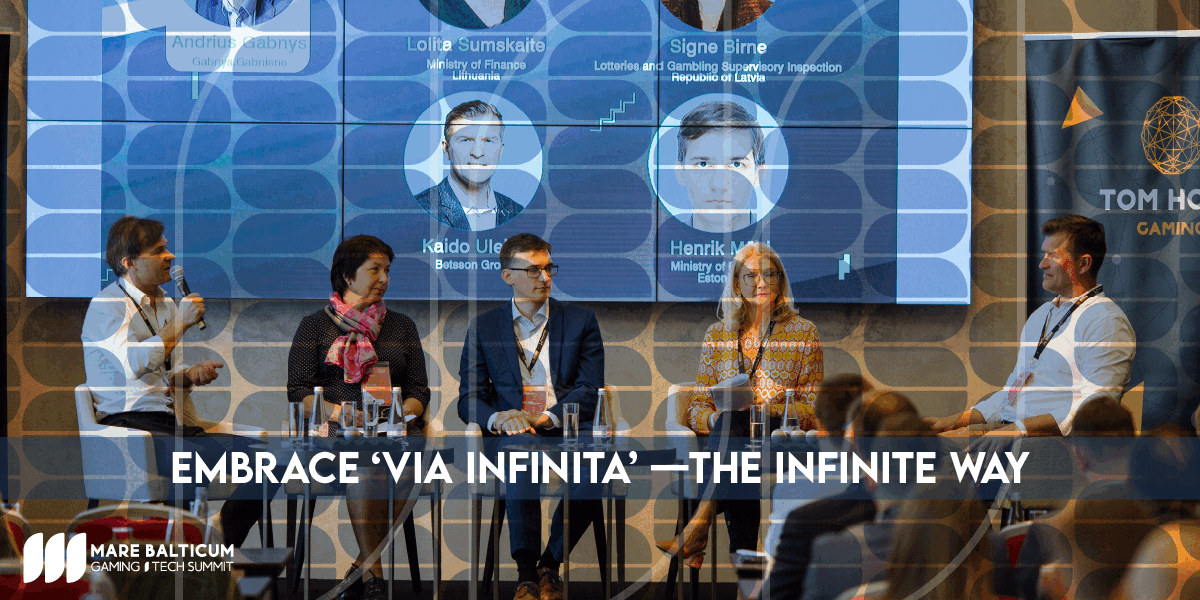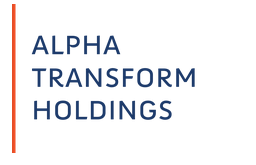Latest News
HUAWEI CLOUD AI and Huawei Cellphones Help RFCx to Guard the Rainforest

 Reading Time: 2 minutes
Reading Time: 2 minutes
The HUAWEI CLOUD Singapore summit, taking place in Singapore on 24-25 April 2019, attracted more than 2,000 customers, partners and industry academics from Singapore and the Asia-Pacificregion to share and discuss innovative products and intelligent practices from fields such as cloud computing, artificial intelligence, and big data.
During the Summit, Bourhan Yassin, the COO of Rainforest Connection (RFCx), delivered a speech titled “Guardians of the Forest: AI Powered Recycled Cell Phones.” Bourhan Yassin said: “With the help of Huawei Cloud AI, we are creating the world’s largest soundscape of remote forest capable of detecting multiple calls within endangered species critical to the eco-system: Spider Monkey, Howler Monkey, Amazon Parrot, Orangutan Macaw, Leopard and more…”
Rainforest Connection (RFCx) was founded in 2014 by ITER physicist and software engineer Topher White, Rainforest Connection has ten projects in USA, Peru, Costa Rica, Romania, Bolivia, Brazil, Indonesia, Ecuador and Cameroon etc.
RFCx is working with a complex set of technologies to help protect the rainforest. RFCx creates solar powered audio monitoring systems called Guardians. These Guardians use old Huawei cellphones as the heart of their system. With help from the Cloud and telco towers, a call is being made every second of the day to AI equipped servers that monitor the dense and complex sounds of the rainforest in pouring rain, blistering sun and dripping humidity. If any illegal sounds are heard, such as chainsaws or trucks, rangers are notified in real-time and sent the location for further investigation. RFCx and Huawei are now using their partnership and ecosystem of AI technology to better understand animal sounds in the rainforest — leading to some much-needed help for several endangered species.
The first challenge is how to collect and transmit sound data in an environment of high temperature, high humidity and no fixed power supply, and store and manage this huge and growing data on the back-end platform safely and efficiently. Second is how to make real-time and rapid analysis of these data and accurately tell the location where the logging was carried out. The sounds in the rainforest are complicated and the data is huge. Therefore, a high-precision recognition algorithm is needed to realize the automatic recognition of the fraud.
Right now Huawei and RFCx are working together to develop an innovative platform that includes equipment collection, storage services, and intelligent analytics. The equipment collection comes from the upgrade of Huawei’s old mobile phones. They can work around the clock for two years, collecting sound data and uploading it to the cloud in real-time. And then Huawei’s powerful big data service is used to store and manage the audio data collected from various collection points. At the same time, Huawei has begun to cooperate with RFCx to develop a more accurate intelligent algorithm model based on Huawei’s advanced artificial intelligence service (HUAWEI CLOUD AI) and tools (ModelArts) to achieve more accurate identification of chainsaw noises and truck sounds. In addition, Huawei is helping RFCx build intelligent models that detect and analyze spider monkeys’ sounds, providing information about their habitat, threatened information, and even life habits, helping foresters protect endangered species.
RFCx are currently using Huawei phones to protect over 2500 square kilometers of land(around 200,000 football stadiums). RFCx is also using Huawei’s Cloud offering to upload data. Furthermore, Huawei’s AI team have completed their first voice detection model, which has been tested successfully and shows a vast improvement in accuracy over RFCX’s previous model. Bourhan Yassin, the COO of RFCx, helped explain further how Huawei is helping to improve their technology: “by having a high precision model, which we are hoping to achieve with Huawei’s help, will significantly reduce the false positive rate and eliminate user fatigue related to invalidating false positives.”
SOURCE Huawei
Blockchain
Supply Chain Finance Market Forecast to Reach $9.4 Billion by 2029: Increasing Emphasis on Sustainable Sourcing
Global Supply Chain Finance Market
Blockchain
Alpha Transform Holdings Releases March Report on ASC AI Index
Blockchain
Peer-to-Peer Lending Market Surges to US$ 1709.6 Billion by 2034, Driven by Growing Demand and Reduced Operating Costs | Future Market Insights, Inc.
-
Blockchain5 days ago
Open-Source Intelligence (OSINT) Market is expected to reach a revenue of USD 64.9 Bn by 2033, at 25.6% CAGR: Dimension Market Research
-

 Blockchain4 days ago
Blockchain4 days agoBlockchain Transforming Travel: Quantum Temple’s Innovative Venture
-

 Blockchain Press Releases3 days ago
Blockchain Press Releases3 days agoBybit and Franck Muller Partner with Sidus Heroes to Launch Cosmic Gears: A Pioneering Web3 Game with a $250,000 Prize Pool and Exclusive Watch Collection
-

 Blockchain4 days ago
Blockchain4 days agoBybit and World Leaders Forge Major Alliance to Direct Web3 for Social Good
-

 Blockchain2 days ago
Blockchain2 days agoQuantum eMotion Files a Patent for Quantum-based Blockchain Wallet Under the Patent Cooperation Treaty (PCT)
-

 Blockchain2 days ago
Blockchain2 days agoElizabeth Warren Urges Treasury Secretary Yellen to Implement Strong AML/CFT Measures for Stablecoins
-

 Blockchain Press Releases2 days ago
Blockchain Press Releases2 days agoCanaan Shines at Blockchain Life 2024 in Dubai
-

 Blockchain4 days ago
Blockchain4 days agoEvolution of the Blockchain World: Doric Blockchain Drives Education and Adoption of Blockchain Technology and Tokenization in Latin America










































